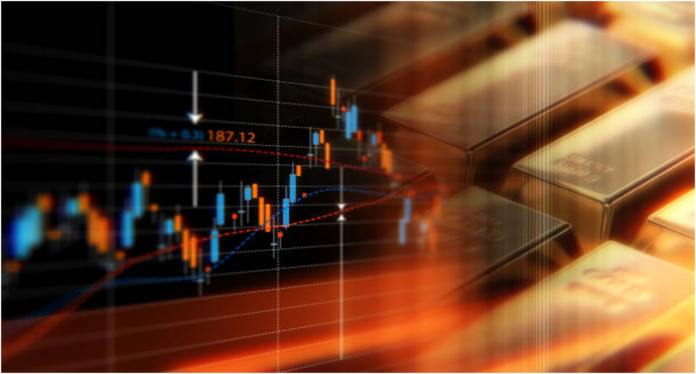Gold is one of the most valuable – and widely traded – raw materials across the globe. Over the years, Gold has remained the most popular metal found on earth, with respect to financial and cultural values. Investing in Gold remains a very popular form of trading.
The value of gold could rise in the process since its demand might increase. Gold price forecast by known sites projects that the price of gold could increase to $1,943 before the end of 2022 and as demands keep rising, the value will keep rising over the next 5 years to $2,800.
Many investors view trading gold as a safe haven since its value is not often influenced by interest rates or government actions, unlike various shares in stock markets. However, traders might decide to redistribute assets into the gold market during unstable periods, with gold acting as a form of insurance.
To explain further, this guide will look into Gold trading and how it works.
Table of Contents
Why Trade Gold?
Gold represents the most actively traded metal for various reasons. Its unique properties include malleability, durability, and conductivity. These properties, as well as their historical values, make it an in-demand metal for different purposes, including jewelry and industrial applications.
Demand and supply flow can be created when people purchase or sell gold. Traders can do this due to pure speculation, to acquire and distribute physical gold, and for commercial purposes. Day traders invest in gold to profit from its daily price fluctuations.
How Does Gold Trading Work?
Gold trading requires opening an account with a reputable investment broker. You must acquaint yourself with how to trade gold before you set up the account. Other steps include:
- ·Deposit funds into the account
- ·Study the best time to trade the gold
- ·Keep track of the price fluctuations
- ·Have a risk management strategy
Gold Trading Markets
Like many other commodities, gold has a standard pricing system that is globally adopted. Oftentimes, gold is quoted per ounce in US dollars. Yet, you will come across a few markets that will rather trade gold in kilos. For first-time traders, it is preferable to analyze this market in terms of dollars per ounce.
Take, for instance, if gold is traded at $1,700 per ounce, you must speculate if the price of gold will rise or fall. If you trade with $700 on gold rising in value, and some weeks later, the price rises to $1,870 per ounce. This represents a 10% increase in the value of gold. On your $700 stake, you will enjoy a gain of $70.
Gold Trading Hours
Your preferred exchange and financial instruments determine the hours that you can trade gold. Take, for instance, if you wish to trade gold ETFs, which are US-listed, you will likely stick to the standard trading hours of 9:30 am to 4 pm, Monday to Friday.
In contrast, if you wish to trade gold futures that are US-listed, then longer hours can be allowed. Typically, gold futures markets open on Sunday by 6 pm and close on Friday by 5 pm.
Gold CFDs
Gold CFDs are leveraged products that ensure that investors can trade by depositing a small fraction (or percentage) of the overall trade value, which is often known as the margin requirement. Rather than purchasing gold at the spot price, you own no underlying asset, yet agree to exchange the difference in the value from the time difference between the opening and closing of the position.
Trading Gold on Margin
Traders can also make profits based on speculation on gold prices through margin trading. This trading strategy allows you to borrow funds from a broker to improve your positions while staking a little fraction of the overall position, often known as margin.
The best commodity brokers can require as low as 5% to open a position. This implies that you would require an upfront balance of just $500 for a gold trade that is worth $10,000. However, it is worth noting that margin trading is like a double-edged sword, meaning that your profit can be magnified just as much as your losses. So, you must trade carefully.
Conclusion
Gold is an in-demand metal and gone are the days when gaining exposure to gold implied buying the precious metals in bars or coins. There are several ways investors can trade gold, including ETFs, CFDs, stocks, options, and futures. However, as a volatile commodity, it is important to understand the best trading strategies, exchange, and financial instruments that can boost your chances of making profits.














